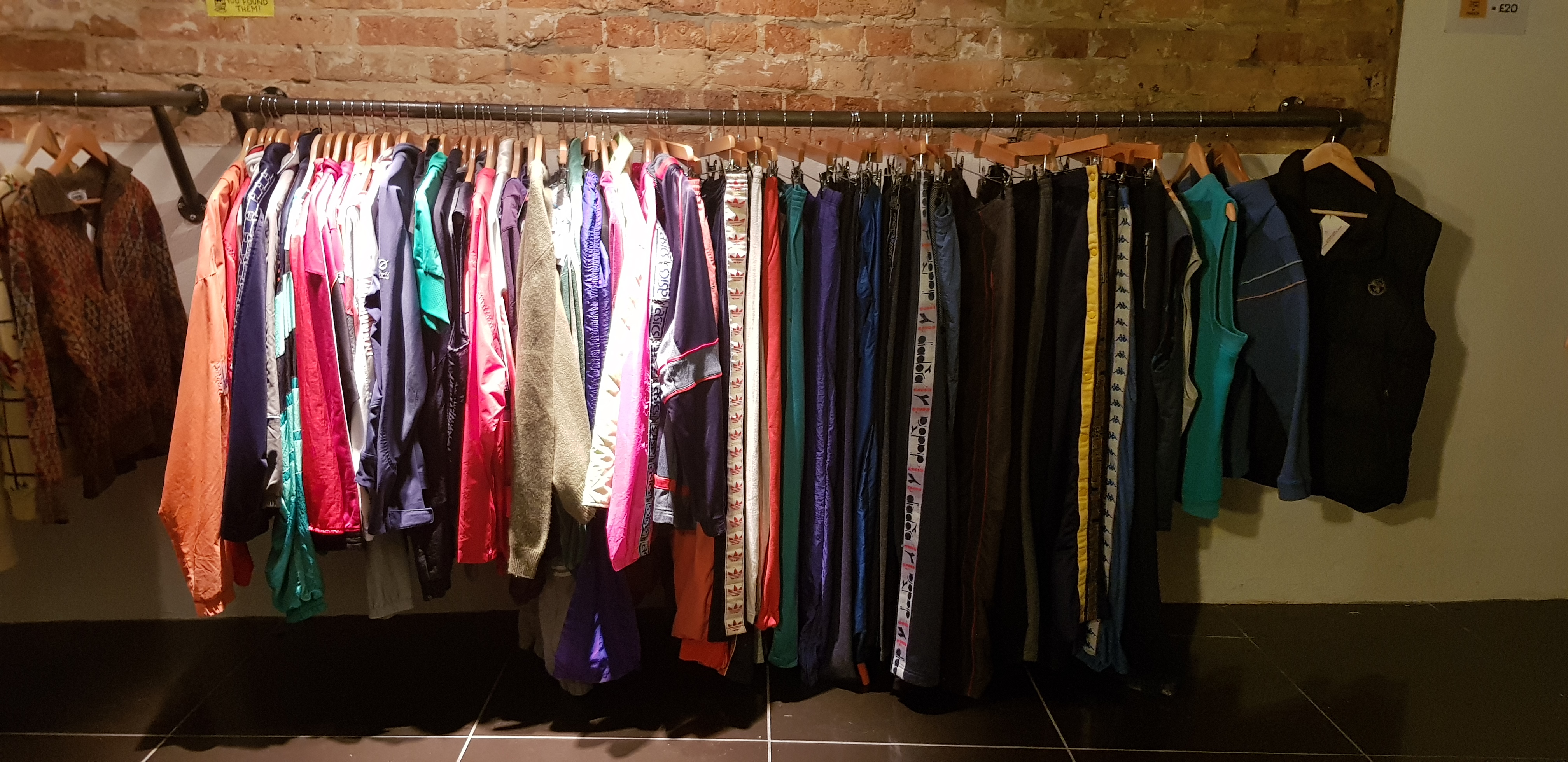Fashion is a 2.5 trillion-dollar global industry that interests everyone in the world, so how many clothes will you buy and throw away this year?
We have been told to recycle our clothes or pass them on to charities; however, is this the best solution to minimise the textile waste we create, after all?
The fashion resale market is booming but is this another trap for us to keep consuming as if there is no climate emergency and no ethical boundaries for consideration?
How many outfits will YOU buy this year?
According to WRAP (Waste and Resources Action Programme), the UK could save around £3billion per year from the cost of the resources we use to make and clean clothes if we changed the way we supplied, used and disposed of clothing.
This would reduce clothing consumption’s carbon, water, and waste footprints by 10-20% each.

The numbers don’t lie
- 350,000 tonnes, around £140 million worth of used, but still, wearable clothing goes to landfills in the UK every year.
- This equates to more than 30% of our unwanted clothing currently going to landfill.
- We send 700,000 tonnes of clothing to recycling centres, textile banks, clothes collections, and charities in the UK each year.
- That’s enough to fill 459 Olympic-size swimming pools!
- 57% of people say they recycle their textiles, with 41% of people saying they’re not aware of recycling facilities for textiles.
- More than 60% of householders say they have unwanted clothes and textiles stored in their homes.
Where do our clothes go after we dispose of them?
It is also a common misconception that the excess of clothes we throw away or donate to charity shops is given free to people in developing countries.
However, a vast network of traders is involved in the resale process (who make decent profits) before the clothes are sold in Africa’s retail stalls.
Even though exporting used clothes extends their life cycle, a considerable portion still ends up again in a landfill.
The low-cost materials and constant supply of cheaply made clothes mean that consumers buy more (fast fashion) items than ever before.
These cheaply made, trendy pieces have resulted in an industry-wide movement towards overwhelming amounts of consumption and waste.
Unfortunately, this results in harmful impacts on the environment, garment workers, and, ultimately, consumers’ wallets.
By buying less during a time of financial difficulty, you are not just helping your pockets, but also helping the planet.
There is no doubt that the current fashion business activity is creating a negative impact on the environment.
Here are some ideas to help you re-discover your wardrobe:
How not to buy new clothes
- Bring out the seasonal clothing and store away the outfits you can not currently wear.
- If you don’t have space to store your ‘out of season’ clothing, perhaps you can use a portable rail for your everyday outfits and keep the rest in your wardrobe.
- Try thinking out of the box and style your clothes differently. Use a dress as a shirt and a shirt as a tunic/ shirt dress. Wear your tops back to front, etc.
- Add some accessories or sew/iron on badges or jewellery to give blazers, jackets or denim items, a new look.
- Look on social media for inspiration on how to style your clothes differently.
- Sell the items that you don’t wear to make some money out of them.
- Think about fixing and altering the clothes that may need some mending, (sleeves shortened, or amend a too long/ too short skirt or trouser.
- Better yet, create something new out of your existing garments.

Sources: clothesaid.co.uk






You must be logged in to post a comment.